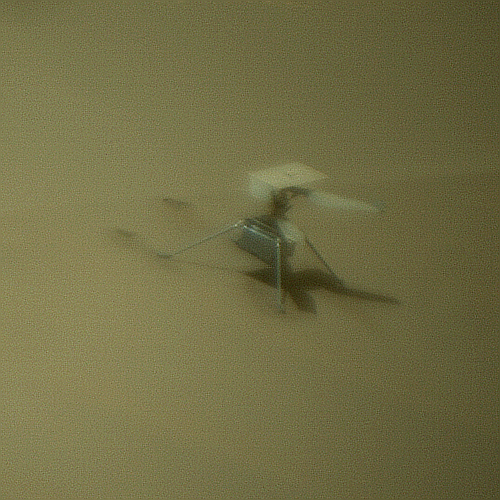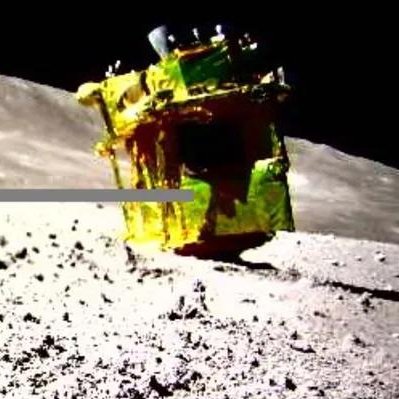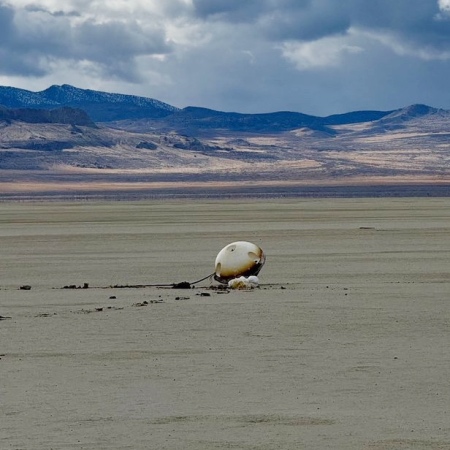Tonight’s Space Show cancelled due to computer hack
My appearance tonight on the Space Show with David Livingston has been unfortunately cancelled because the Space Show website was hacked early this morning. David is struggling to get some live stream system working, hopefully by tomorrow, with me being the guest. Stay tuned.
In the meantime, his show could use some financial help to fix this problem. Even though I doing on my own fund-raiser for Behind the Black at present, I feel compelled to ask my readers to consider helping the Space Show as well. In the past two decades I have been on that show more than any other guest. It has helped spread the word about capitalism in space more than any other outlet. Here is the donation information:
Online through Paypal at www.paypal.me/thespaceshow. Using Zelle, email your donation to [david at onegiantleapfoundation dot org]. You will need to convert the “at” and “dot”. Or send a check payable to and mailed to One Giant Leap Foundation, C/O Dr. David Livingston, 11035 Lavender Hill Dr. Ste. 160-306, Las Vegas, NV 89135.
Please help if you can, especially if you have listened to the show over the years.
My appearance tonight on the Space Show with David Livingston has been unfortunately cancelled because the Space Show website was hacked early this morning. David is struggling to get some live stream system working, hopefully by tomorrow, with me being the guest. Stay tuned.
In the meantime, his show could use some financial help to fix this problem. Even though I doing on my own fund-raiser for Behind the Black at present, I feel compelled to ask my readers to consider helping the Space Show as well. In the past two decades I have been on that show more than any other guest. It has helped spread the word about capitalism in space more than any other outlet. Here is the donation information:
Online through Paypal at www.paypal.me/thespaceshow. Using Zelle, email your donation to [david at onegiantleapfoundation dot org]. You will need to convert the “at” and “dot”. Or send a check payable to and mailed to One Giant Leap Foundation, C/O Dr. David Livingston, 11035 Lavender Hill Dr. Ste. 160-306, Las Vegas, NV 89135.
Please help if you can, especially if you have listened to the show over the years.


















